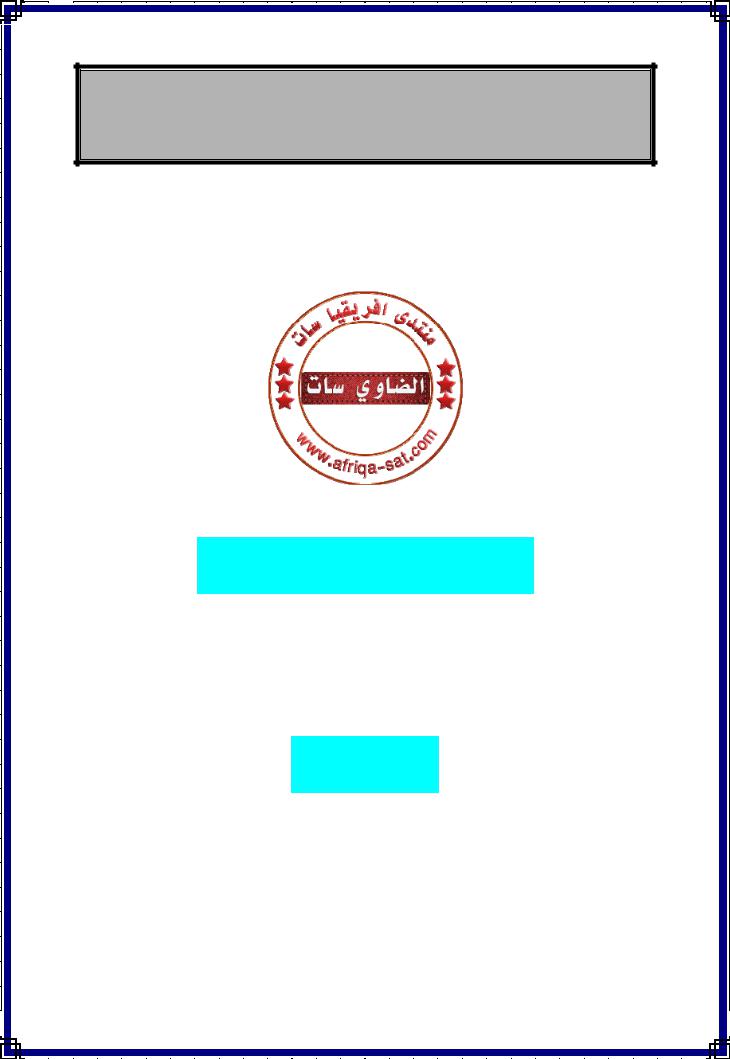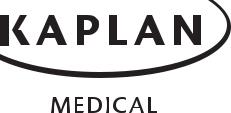
Kaplan USMLE - Step 2 CK Lecture Notes 2017- Surgery
.pdf

ﺕﺎﺳ ﺎﻴﻘﻳﺮﻓﺍ ﻯﺪﺘﻨﻣ
))www.afriqa-sat.com
ﻱﻭﺎﻀﻟﺍ ﺰﻳﺰﻌﻟﺍﺪﺒﻋ : ﺱﺪﻨﻬ ﺍ
ﻙﻮﺑ ﺲﻴﻔﻟﺍ ﻰﻠﻋ ﺔﻠﺳﺍﺮﻤﻠﻟ
ﺕﺎﺳ ﻱﻭﺎﻀﻟﺍ
))www.facebook.com/aldawi.sat

USMLE®
STEP 2 CK
Lecture Notes 2017
Surgery
Editors
Carlos Pestana, M.D., Ph.D.
Emeritus Professor of Surgery
University of Texas Medical School at San Antonio
San Antonio, TX
Adil Farooqui, M.D., F.R.C.S.
Clinical Assistant Professor of Surgery
Keck School of Medicine, University of Southern California
Kaiser Permanente, West Los Angeles Medical Center
Los Angeles, CA
Mark Nolan Hill, M.D., F.A.C.S.
Professor of Surgery
Chicago Medical School
Chicago, IL
Contributor
Ted A. James, M.D., F.A.C.S.
Associate Professor of Surgery
Director, Skin and Soft Tissue Oncology
Director, Surgery Senior Student Program
University of Vermont College of Medicine
Burlington, VT
The editors wish to also acknowledge Gary Schwartz, M.D., Baylor University Medical Center.
We want to hear what you think. What do you like or not like about the Notes? Please email us at medfeedback@kaplan.com.

Contents
Section I. Surgery
Chapter 1. Trauma . . . . . . . . . . . . . . |
. . . |
|
|
|
|
3 |
||
Chapter 2. Orthopedics . . . . . . . . . . . . |
. . . |
. . |
|
|
|
19 |
||
Chapter 3. Pre-Op and Post-Op Care . . . . . . |
. . . |
. . |
. |
. . . . |
. |
35 |
||
Chapter 4. General Surgery . . . . . . . . . . |
. . . |
. . |
. |
. |
|
45 |
||
Chapter 5. Pediatric Surgery . . . . . . . . . . |
. . . |
. . |
. |
. |
|
65 |
||
Chapter 6. |
Cardiothoracic Surgery . . . . . . . |
. . . |
. . |
. |
. . . . |
|
71 |
|
Chapter 7. Vascular Surgery . . . . . . . . . . |
. . . |
. . |
. |
. |
|
75 |
||
Chapter 8. |
Skin Surgery . . . . . . . . . . . . |
. . . |
. . |
|
|
|
79 |
|
Chapter 9. |
Ophthalmology . . . . . . . . . . . |
. . . |
. . |
. |
|
|
81 |
|
Chapter 10. |
Otolaryngology (ENT) . . . . . . . |
. . . |
. . |
. |
. . . . |
|
83 |
|
Chapter 11. Neurosurgery . . . . . . . . . . . |
. . . |
. . |
. |
|
|
87 |
||
Chapter 12. |
Urology . . . . . . . . . . . . . |
. . . |
. |
|
|
|
91 |
|
Chapter 13. |
Organ Transplantation . . . . . . . |
. . . |
. . |
. |
. . . . |
|
95 |
|
v

USMLE Step 2 CK λ Surgery
Section II. Surgical Vignettes
Chapter 1. Trauma . . . . . . . . . . . . |
. . . . . |
|
|
|
|
|
99 |
Chapter 2. Orthopedics . . . . . . . . . . |
. . . . . |
. |
. |
|
|
|
131 |
Chapter 3. Pre-Op and Post-Op Care . . . . |
. . . . . |
. |
. . |
. . . . . 149 |
|||
Chapter 4. General Surgery . . . . . . . . |
. . . . . |
. |
. . |
. |
163 |
||
Chapter 5. Pediatric Surgery . . . . . . . . |
. . . . . |
. |
. |
. . |
195 |
||
Chapter 6. Cardiothoracic Surgery . . . . . |
. . . . . |
. |
. . |
. . |
. |
. |
201 |
Chapter 7. Vascular Surgery . . . . . . . . |
. . . . . |
. |
. . |
. |
|
|
207 |
Chapter 8. Skin Surgery . . . . . . . . . . |
. . . . . |
. |
. |
|
|
|
209 |
Chapter 9. Ophthalmology . . . . . . . . . |
. . . . . |
. |
. |
. |
|
|
211 |
Chapter 10. Otolaryngology (ENT) . . . . . |
. . . . . |
. |
. . |
. . |
. |
. |
215 |
Chapter 11. Neurosurgery . . . . . . . . . |
. . . . . |
. |
. |
. |
|
|
221 |
Chapter 12. Urology . . . . . . . . . . . |
. . . . . |
. |
|
|
|
|
229 |
Chapter 13. Organ Transplantation . . . . . |
. . . . . |
. |
. . |
. . |
. |
. |
237 |
Index . . . . . . . . . . . . . . . . . |
|
|
|
|
|
|
239 |
vi

SECTION I
Surgery

Trauma 001
Chapter Title
Learning Objectives
List the ABCs of evaluating a trauma patient
Demonstrate a head-to-toe review of a trauma patient
Provide basic information about treatment of burns, bites, and stings
PRIMARY SURVEY: THE ABCs
Airway
The first step in the evaluation of trauma is airway assessment and protection.
•An airway is considered protected if the patient is conscious and speaking in a normal tone of voice.
•An airway is considered unprotected if there is an expanding hematoma or subcutaneous emphysema in the neck, noisy or “gurgly” breathing, or a Glasgow Coma Scale <8.
An airway should be secured before the situation becomes critical. In the field an airway can be secured by intubation or cricothyroidotomy. This is called a “definitive airway.” In the emergency department, it is best done by rapid sequence induction and orotracheal intubation, with monitoring of pulse oximetry. In the presence of a cervical spine injury, orotracheal intubation can still be done as long as the head is secured and in-line stabilization is maintained during the procedure. Another option in that setting is nasotracheal intubation over
a fiberoptic bronchoscope. If severe maxillofacial injuries preclude the use of intubation or intubation is unsuccessful, cricothyroidotomy may become necessary.
In the pediatric patient population (age <12), tracheostomy is preferred over cricothyroidotomy due to the high risk of airway stenosis, as the cricoid is much smaller than in the adult.
Breathing
Breath sounds indicate satisfactory ventilation; absence or decrease of breath sounds may indicate a pneumothorax and/or hemothorax and necessitate chest tube placement. Pulse oximetry indicates satisfactory oxygenation; hypoxia may be secondary to airway compromise, pulmonary contusion, or neurological injury impairing respiratory drive and necessitate intubation. Measurement of CO2 (capnography) is also very useful.
3
